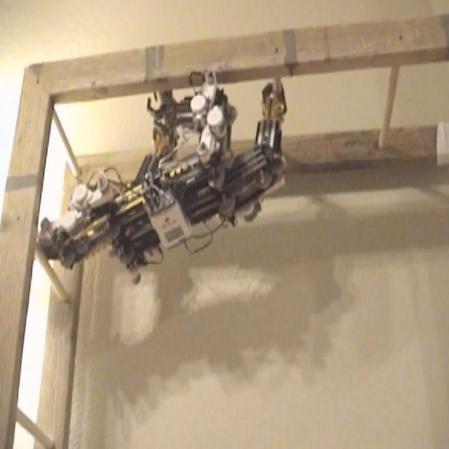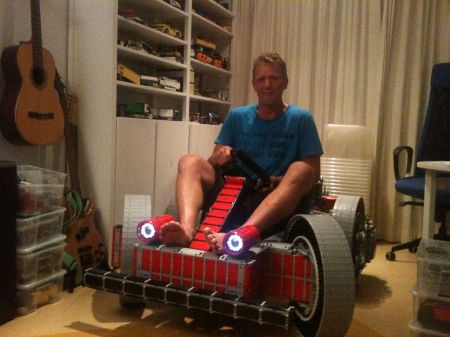
Have you ever seen a wet sloth? They’re pretty scary. If that’s not bad enough, how do you feel about a robotic one?
Named the X-4 “Sloth”, this is one of [222Doc’s] hardest projects to date — a highly experimental quadra-ped that can climb up and across ladders. It makes use of a Lego Mindstorms NXT controller, 8 servo motors for the joints, 4 Power Function Motors for the hands, and a whole lot of Lego. Due to the number of motors, he also had to multiplex the Power Function servos to make it all work!
Sure, it’s Lego, but it was far from an easy project, as [222Doc] estimates he spent well over a hundred hours on it, and it still isn’t complete. He says he’ll never say to himself “this will be easy…” ever again.
Stick around after the break to see it scale this ladder — we wish they sped up the video though, it appears the movement speed is modeled after a real sloth…
















